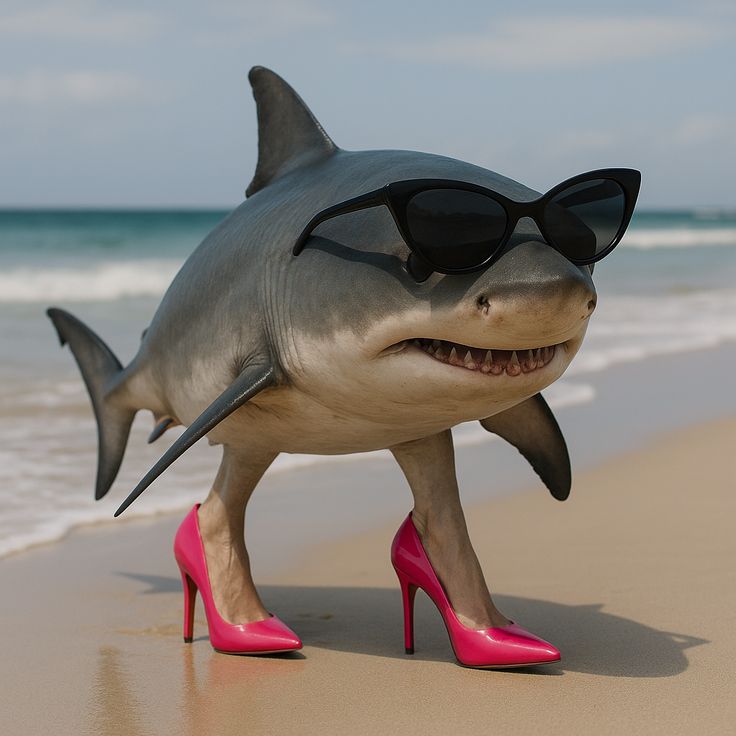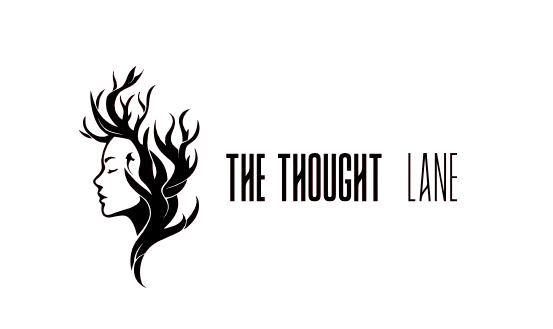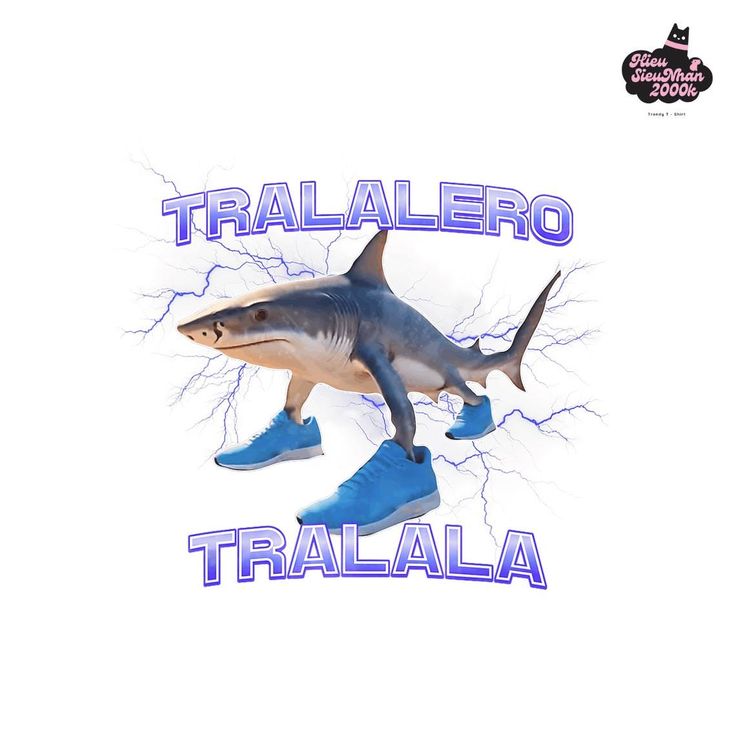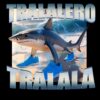Welcome to the world of Tralalero Tralala—a phrase that sounds like a tongue-twister, feels like a dance, and lives on both in ancient Italian music and modern internet memes. Whether you’ve stumbled across it in a bizarre TikTok clip or overheard it in a history of folk music, one thing is certain: this quirky combination of sounds is far more than gibberish.
In this deep dive, we’ll uncover 7 wild facts about Tralalero Tralala—from its historical roots to its viral rebirth in meme culture. Prepare to be surprised, enlightened, and maybe even inspired to belt out a few nonsensical notes yourself.
1. Tralalero Tralala Comes from an Ancient Italian Singing Style
Let’s start with the foundation. The phrase Tralalero Tralala is derived from a Genoese folk music tradition known as Trallalero. Originating from Liguria, Italy, especially the port city of Genoa, Trallalero is a polyphonic a cappella vocal style performed by men, often factory or dock workers.
The singers imitate instruments vocally:
- Tenor, baritone, and bass replicate harmony and depth.
- The chitarra (guitar) voice mimics string instruments.
- And yes, they often include nonsense syllables like “tralalero” and “tralalà” to keep rhythm.
So, the “Tralalero Tralala” phrase that you hear in memes today isn’t just made-up babble—it’s a sonic echo of Genoa’s working-class soul.
2. “Tralala” Exists in Multiple Languages—And Always Means Nonsense
Though Tralalero Tralala sounds Italian (and it is), the concept of “tralala” is surprisingly global. Many cultures use variations of “la-la-la,” “tra-la-la,” or “lalala” in songs to fill space, express joy, or make fun of something.
Examples:
- English: “Fa la la la la” in Christmas carols.
- French: “Tra-la-la” appears in comic operas.
- German: Often used in folk songs to show glee or sarcasm.
In all cases, the tralala element acts as a musical flourish, not a word. That’s exactly how Tralalero Tralala operates—music without meaning, yet full of emotion.
3. The Meme Version Was Likely Born on TikTok or Discord
Fast-forward to the 2020s, and Tralalero Tralala took on a new life—as a viral audio meme. It’s been used in:
- TikTok soundtracks
- Discord soundboards
- YouTube poop (YTP) memes
- Glitchcore videos and surreal edits
The exact origin of the Tralalero Tralala meme is murky, but it became wildly popular around 2023–2024, often used to:
- Express confusion
- Mock randomness
- Accompany chaotic visuals
The audio clip typically features warped vocals, weird music, or abrupt scene changes, adding to the absurdity.
Example: Someone spills spaghetti, and a character screams “TRALALERO TRALALA!” as the video descends into madness.
4. Tralalero Singing Was Added to UNESCO’s Heritage List
While people online may associate Tralalero Tralala with jokes and memes, the real Trallalero tradition has received global recognition.
In 2017, Italy began campaigning to get Trallalero included on UNESCO’s Intangible Cultural Heritage list—an honor given to unique art forms that shape world culture.
Why it matters:
- Preserves oral traditions
- Promotes intergenerational learning
- Supports local pride and tourism
So next time you hear someone say “Tralalero Tralala” for fun, know they’re referencing a living, breathing cultural legacy—even if they don’t realize it.
5. Tralalero Tralala Is Used in Children’s Songs Too
Beyond the docks of Genoa and the screens of meme-makers, Tralalero Tralala or similar phrases appear in countless children’s songs around the world.
Why?
- It’s easy to remember
- It encourages vocal play
- It makes kids giggle
Examples include:
- “Tra la la boom de-ay”
- “Skinnamarink” (includes nonsense syllables)
- “Tralalà come on let’s play!” (used in many modern kid shows)
The catchy, silly nature of “tralala” is perfect for early speech development and musical education.
6. The Phrase Tralalero Tralala Has Been Used in Satire and Parody
Throughout history, nonsense lyrics like Tralalero Tralala have been used for satirical and comedic purposes. In literature and theatre:
- Gilbert & Sullivan operettas use “tra la la” to mock aristocracy
- Lewis Carroll’s Jabberwocky is full of invented words like “galumphing” and “brillig”
- Modern satire, including YouTube parody songs, use Tralalero Tralala to exaggerate absurd characters
In meme culture, it’s become a stand-in for confusion, foolishness, or chaos—basically, a perfect punchline for the internet’s random sense of humor.
7. Tralalero Tralala Symbolizes the Blend of Old and New Culture
The most powerful fact? Tralalero Tralala is a cultural hybrid.
On one hand:
- It’s deeply rooted in Italian folk music, history, and identity.
On the other:
- It’s a digital-age joke, shared via TikTok memes, Discord servers, and Twitch streams.
This blend reflects how culture evolves:
- What was once a working-class tradition becomes a UNESCO treasure.
- What was once a vocal warm-up becomes a viral audio meme.
- And what was once forgotten by most, now lives on thanks to Gen Z humor and internet randomness.
It’s chaotic. It’s beautiful. It’s Tralalero Tralala.
Frequently Asked Questions (FAQ)
❓ What does Tralalero Tralala mean?
It’s a blend of Italian folk singing and nonsense lyrics. “Tralalero” is part of a Genoese polyphonic tradition, and “tralala” is a common filler used in music.
❓ Is Tralalero Tralala an actual song?
Not exactly. It’s more of a phrase that’s been used in traditional music and repurposed in memes. However, Trallalero choirs do exist and perform traditional Italian pieces.
❓ Who started the Tralalero Tralala meme?
There’s no single origin. It gained traction through meme channels, TikTok, and Discord between 2023–2024.
❓ Is it offensive to use Tralalero Tralala in memes?
Not inherently, but context matters. If you’re using it playfully or creatively, it’s fine. Avoid mocking cultural traditions in a disrespectful way.
❓ Can I hear real Trallalero music online?
Yes! You can find recordings on YouTube, Spotify, or cultural heritage sites. Look up groups like I Giovani Canterini di Sant’Olcese or Gruppo Spontaneo Trallalero.
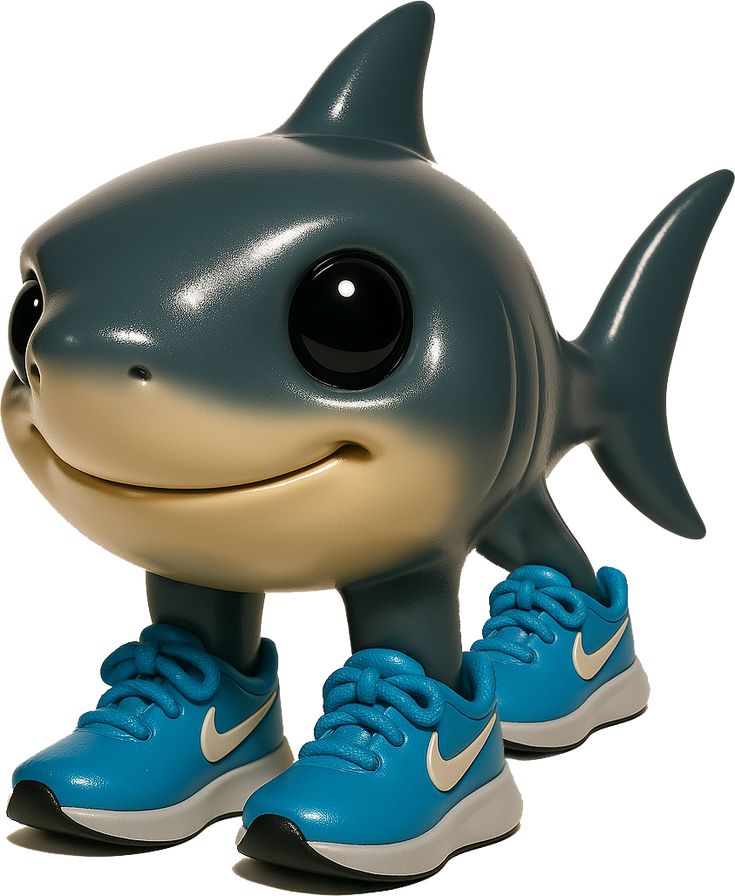
Conclusion: The Curious Power of Tralalero Tralala
From ancient Genoese ports to viral TikToks, Tralalero Tralala proves that even the silliest-sounding phrases can carry rich meaning, history, and humor. It’s a phrase that embodies:
- Joyful nonsense
- Cultural survival
- Musical creativity
- Internet absurdity
Whether you’re a folk music fan, a meme connoisseur, or just someone who stumbled on this article with curiosity, we hope these 7 wild facts about Tralalero Tralala made you smile, think, and maybe even sing a little.
So next time someone says, “What even is Tralalero Tralala?”—now you know exactly what to tell them.
1. What does Trallalero Trallallà mean?
“Trallalero Trallallà” is a playful, nonsensical vocal expression that originated from Italian folk music, specifically from Genoa. The word itself doesn’t have a literal meaning—it’s a vocalized filler, like “la la la” in English songs.
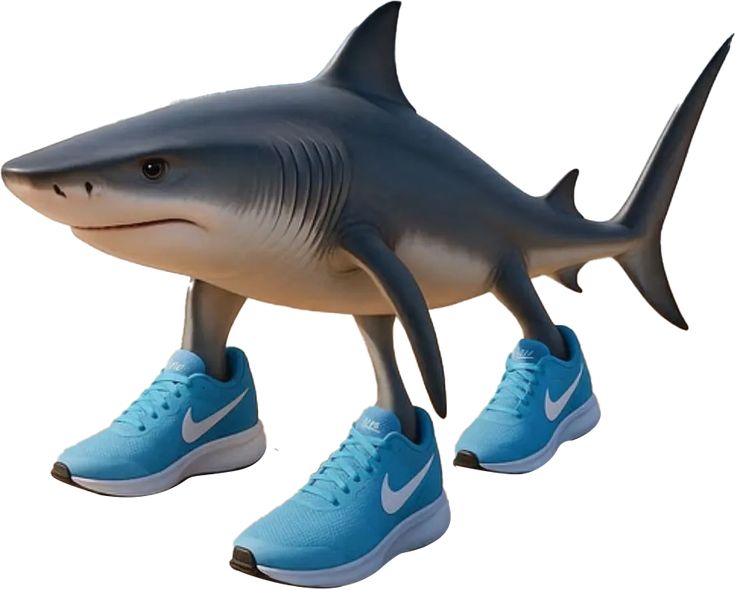
- “Trallalero” is a traditional form of polyphonic singing performed by male choirs in Liguria, Italy.
- The “trallallà” part is simply a rhythmic extension—again, nonsensical—used to maintain melody and rhythm without lyrics.
So, when you hear or see “Trallalero Trallallà,” think of it like a joyful, musical “la-la-la” with Italian flair.
2. What is the Tralalero Tralala?
“Tralalero Tralala” in modern internet culture is a viral audio meme or phrase, typically used in funny or absurd meme videos. However, its roots are deeper:
- The original “Trallalero” is a genre of music performed a cappella with parts like tenor, baritone, and bass, and an added “chitarra” voice that imitates a guitar.
- It’s a cultural expression of working-class Genoese men and often performed in public gatherings, taverns, and festivals.
- The “Tralala” part is often tacked on for comedic or exaggerated effect in memes and remixes.
In memes, it often conveys nonsense, chaos, or random joy, making it a perfect choice for TikToks, Discord audios, and meme compilations.
3. What is a tralala in English?
In English, “tralala” (or sometimes tra-la-la) is a nonsensical expression used in songs to represent singing without actual words—much like “la la la” or “dum de dum.”
Examples:
- Children’s songs: “Tra-la-la, skip to my Lou”
- Musical filler: Used where lyrics don’t matter but the melody needs to continue.
It expresses carefree joy, silliness, or even mockery depending on the context.
So, when someone says “tralala,” they’re usually being playful, musical, or just silly.
4. Who made the Tralalero Tralala meme?
The Tralalero Tralala meme doesn’t have a clear, single creator—it evolved from multiple sources and meme formats. Here’s what we know:
- It likely originated or gained traction on TikTok and YouTube Shorts, where users took old or strange audio clips and paired them with goofy, chaotic, or surreal video edits.
- Some versions are tied to YTP (YouTube Poop) and Discord meme culture, often used to mock something in a bizarre or over-the-top way.
- In 2023–2024, the meme saw a resurgence in soundboard apps, gaming meme compilations, and meme TikToks.
While the meme isn’t officially credited to one person, its rise shows how the internet reclaims and recontextualizes traditional or obscure content for modern humor.
✅ Summary
| Question | Answer |
|---|---|
| What does Trallalero Trallallà mean? | It’s an Italian musical expression with no literal meaning—like “la-la-la”—used in folk singing. |
| What is the Tralalero Tralala? | A traditional Genoese musical form turned into a chaotic and humorous internet meme. |
| What is a tralala in English? | A nonsensical word like “la la la” to express music, silliness, or carefree emotion. |
| Who made the Tralalero Tralala meme? | No single creator; it spread through TikTok, YouTube, and meme culture around 2023–2024. |
